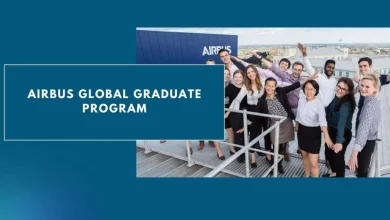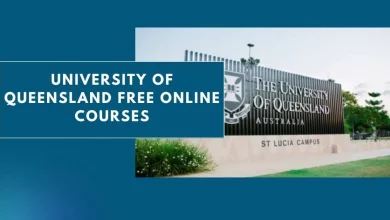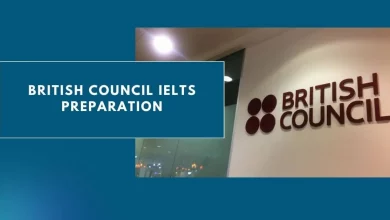Get Student Loans Forgiven Due to Permanent Disability
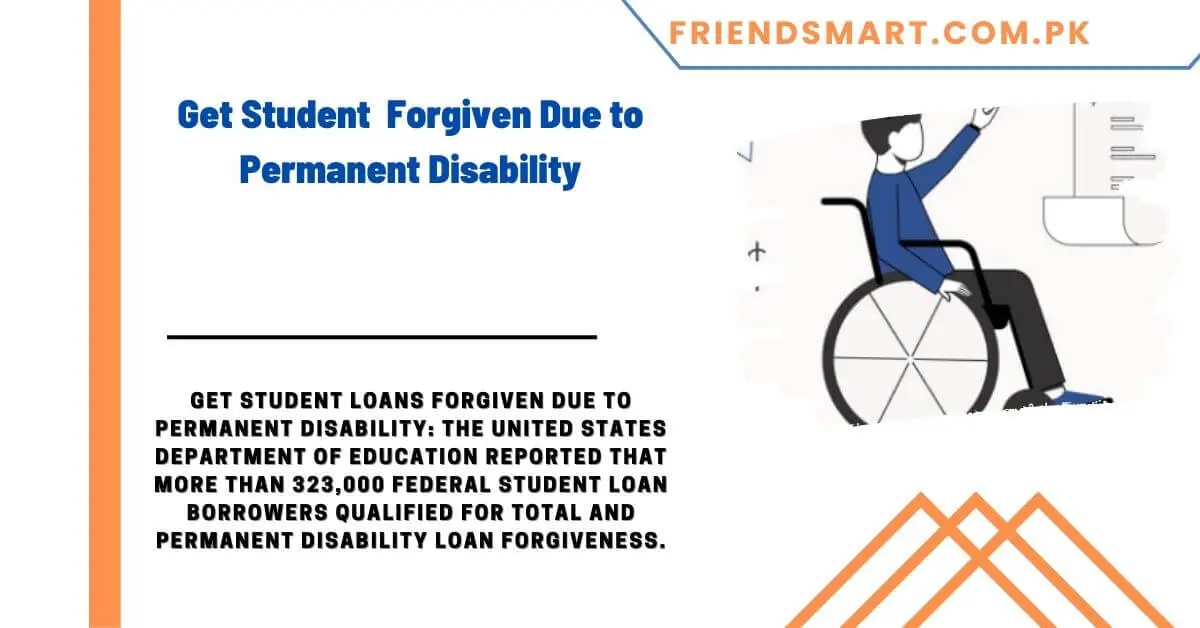
Get Student Loans Forgiven Due to Permanent Disability: The United States Department of Education reported that more than 323,000 federal student loan borrowers qualified for total and permanent disability loan forgiveness. More than $5.8 billion in student loan debt will be forgiven under the new regulations. Here’s everything you need to know about the program, including whether you qualify and what your options are.
Read More: Borrowers Receive Student Loan Forgiveness Approval Emails After Court Green-Lights Settlement
Advertisement
What Is Total and Permanent Disability Loan Forgiveness?
The total and permanent disability (TPD) discharge program allows qualifying student loan debtors with direct loans, Federal Family Education Loans (FFELs), and federal Perkins loans to receive full forgiveness.
Also, if you obtained a TEACH Grant, you may be excluded from the program’s service requirement. There are three methods to be eligible for TPD forgiveness.
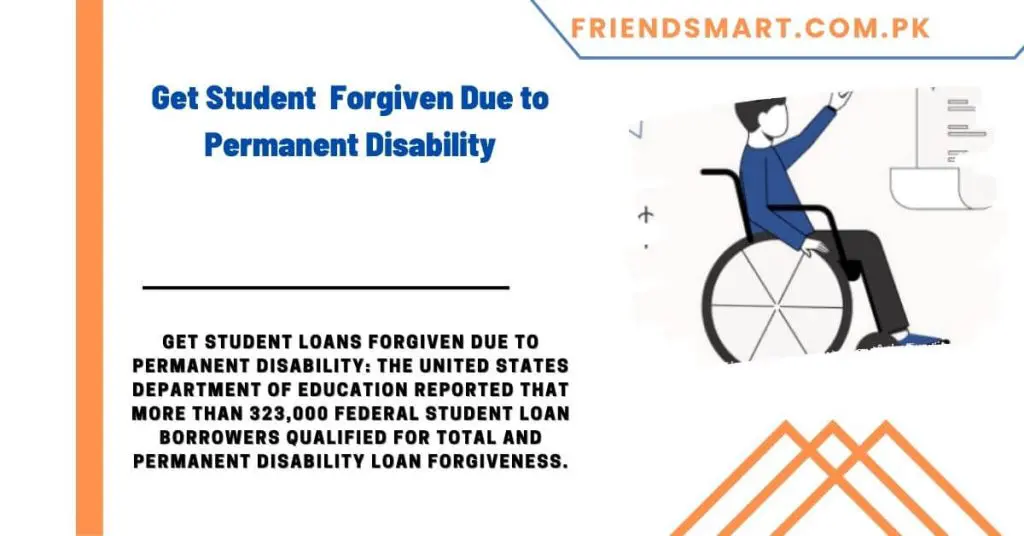
Physician’s Certification
You can qualify for the program by having a physician—either an M.D. or a D.O. licensed to practice in the United States—certify that you are unable to engage in “substantially gainful employment” owing to one of three conditions:
- It is supposed to end in death.
- It has lasted at least 60 months in a row.
- It is anticipated to endure for at least 60 months in a row.
According to the Department of Education, considerable gainful activity is defined as a level of job that requires significant mental or physical activities, or a mix of both.
U.S. Department of Veterans Affairs Documentation
If you are a veteran, you can qualify by submitting paperwork from the Department of Veterans Affairs (VA) demonstrating that you have a 100% debilitating service-connected disability or that you are totally handicapped based on a VA individual unemployability rating.
Social Security Administration Documentation
If you are eligible for Social Security Disability Insurance or Supplemental Security Income, you may be able to qualify for TPD forgiveness if you provide documentation from the Social Security Administration (SSA) indicating that your next scheduled disability review is five to seven years or more from your last disability determination.
How to Apply for Total and Permanent Disability Loan Discharge
The Department of Education actively seeks student loan borrowers who match VA or SSA criteria, so there is usually no need for an application for those who meet such criteria.
If you are deemed to be qualified, the Department of Education shall notify you in writing and offer a deadline for you to notify the agency that you do not want the discharge. If you do not react, your loans will be forgiven immediately.
If you haven’t gotten such a letter and believe you qualify, or if you believe you qualify based on a physician’s certification, you can apply to Nelnet, the servicer that handles TPD cancellations, using the TPD discharge website.
If you want, you can apply by phone or email. If this is the case, payment obligations on your federal loans will be suspended for 120 days, giving you time to submit the necessary documentation.
If your disability prevents you from applying on your own, someone can assist you. Nevertheless, before they can apply on your behalf, you and your representative must complete an application representative designation form, which may be downloaded from the TPD Discharge website.
After you submit your application, Nelnet will explain the review procedure. While your application is being processed, you will not be required to make any monthly payments.
How Do I Know if My Loans Have Been Forgiven?
If the Department of Education deems that you are eligible for a TPD discharge, you will be notified that your loans have been forgiven or that your TEACH Grant service commitment is no longer required. You will also be reimbursed for any loan payments made on or after the effective date of your disability certification.
Whether you qualify based on SSA proof or a physician’s certification, please keep in mind that you will be subject to a three-year monitoring period. Your loan or grant service obligation will be reactivated if you fail to meet certain conditions at any time during this term. Reinstatement is possible if any of the following events occur within the three-year period:
- Your annual earnings from employment exceed the poverty threshold in your state for a household of two.
- You are given a new federal student loan through the direct loan program, as well as a new TEACH Grant.
- You get a second disbursement from a direct loan or TEACH Grant that was initially issued prior to your discharge and do not return it within 120 days.
- The SSA tells the Department of Education that you are no longer disabled or that your next scheduled disability review would be five to seven years after your previous finding.
What if I’m Disabled but Don’t Qualify for Discharge?
If you do not satisfy the conditions for a TPD discharge but are still having difficulty keeping up with your monthly payments due to your handicap, there are financial aid programs available to help you find a place in your budget:
- If you have a qualifying disability, Medicare can help you pay for your medical expenses.
- If you have a low income, Medicaid can help you pay for your medical expenses.
- The Housing Choice Voucher Program, generally known as Section 8, might assist you in paying a portion of your rent in an eligible rental.
- Some housing expenses may be covered under the Housing Choice Voucher Homeownership Program.
- The Supplemental Nutrition Assistance Program (SNAP), originally known as the Food Stamp Program, provides food assistance to low-income families. Individuals with impairments may be eligible for additional SNAP payments.
You can also contact the National Disability Rights Network, Disability Rights Law Center, National Disability Institute, and other nonprofit or charity groups for assistance.
Other Options for Paying Student Loans
If you’re still having problems paying your monthly payments while receiving various forms of financial aid, you still have options:
- When federal student loan repayment resumes in February 2022, submit a request for extra forbearance or deferment, along with supporting documentation of your financial hardship.
- Apply for an income-driven repayment plan, in which your monthly payment is reduced to 10% to 20% of your discretionary income. Furthermore, these programs prolong your payback period to 20 or 25 years, during which any residual balance is pardoned.
- If you are able to work, look for companies that provide student loan repayment aid.
Refinancing your student loans may give you more control over your monthly payments and may even lower your interest rate, but you should only do it if you don’t foresee needing access to federal advantages such as forgiveness or income-driven repayment. If you refinance federal student loans to a private lender, you will lose access to these perks.
Finally, while getting student loans dismissed in bankruptcy can be challenging, it is achievable in some cases. If your financial situation is grave, consider speaking with a bankruptcy attorney to discuss your options.
Make It a Priority to Avoid Missing Payments
Whether or whether you believe you are eligible for student loan forgiveness, it is critical that you continue to make your monthly payments on time every month to avoid any credit damage. Remember that if you qualify for forgiveness, you will receive all of your payments returned as long as they were made after the effective date of your disability determination.
While you’re at it, keep a close eye on your credit to ensure that no other difficulties arise that could jeopardize its health.
Frequently Asked Questions
-
How does student loan forgiveness work in 2023?
After 120 payments for federal, state, tribal, or municipal government, the military, or a qualifying non-profit, the Public Service Loan Forgiveness (PSLF) program forgives the remaining balance on your federal student loans. Find out more about PSLF and apply.
-
Who is not eligible for student loan forgiveness?
To begin, only federally-owned student loans are eligible. Private student loans are not eligible. Second, high-income borrowers are often not eligible for debt forgiveness.

